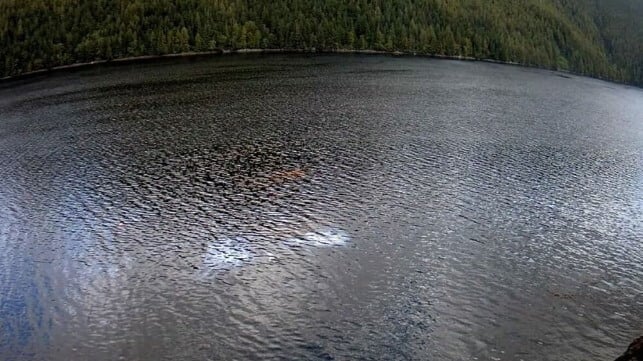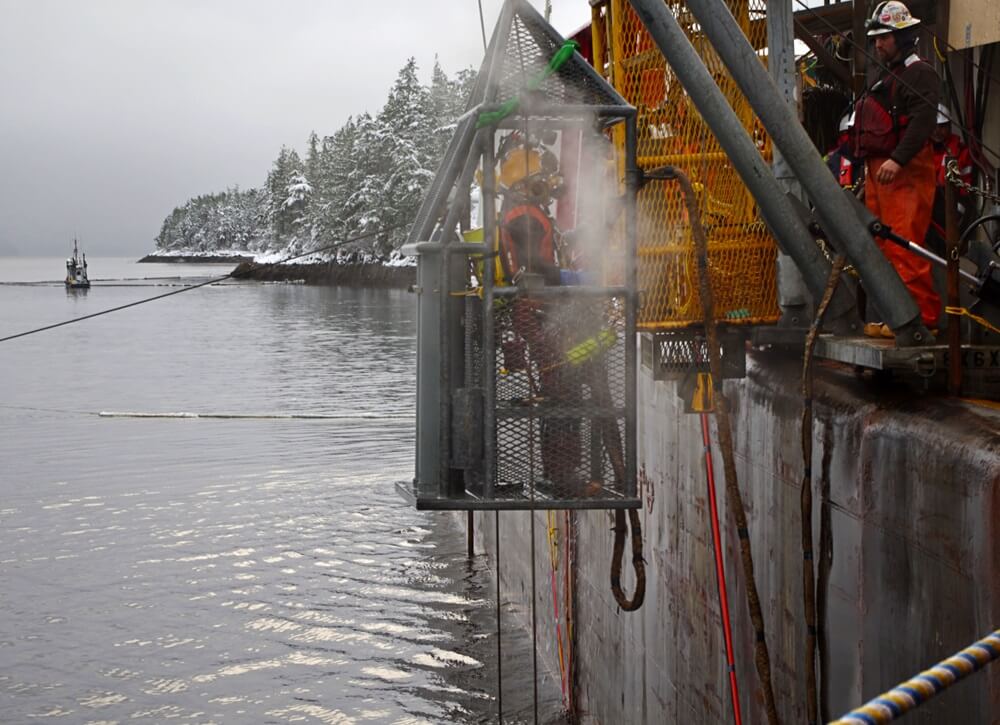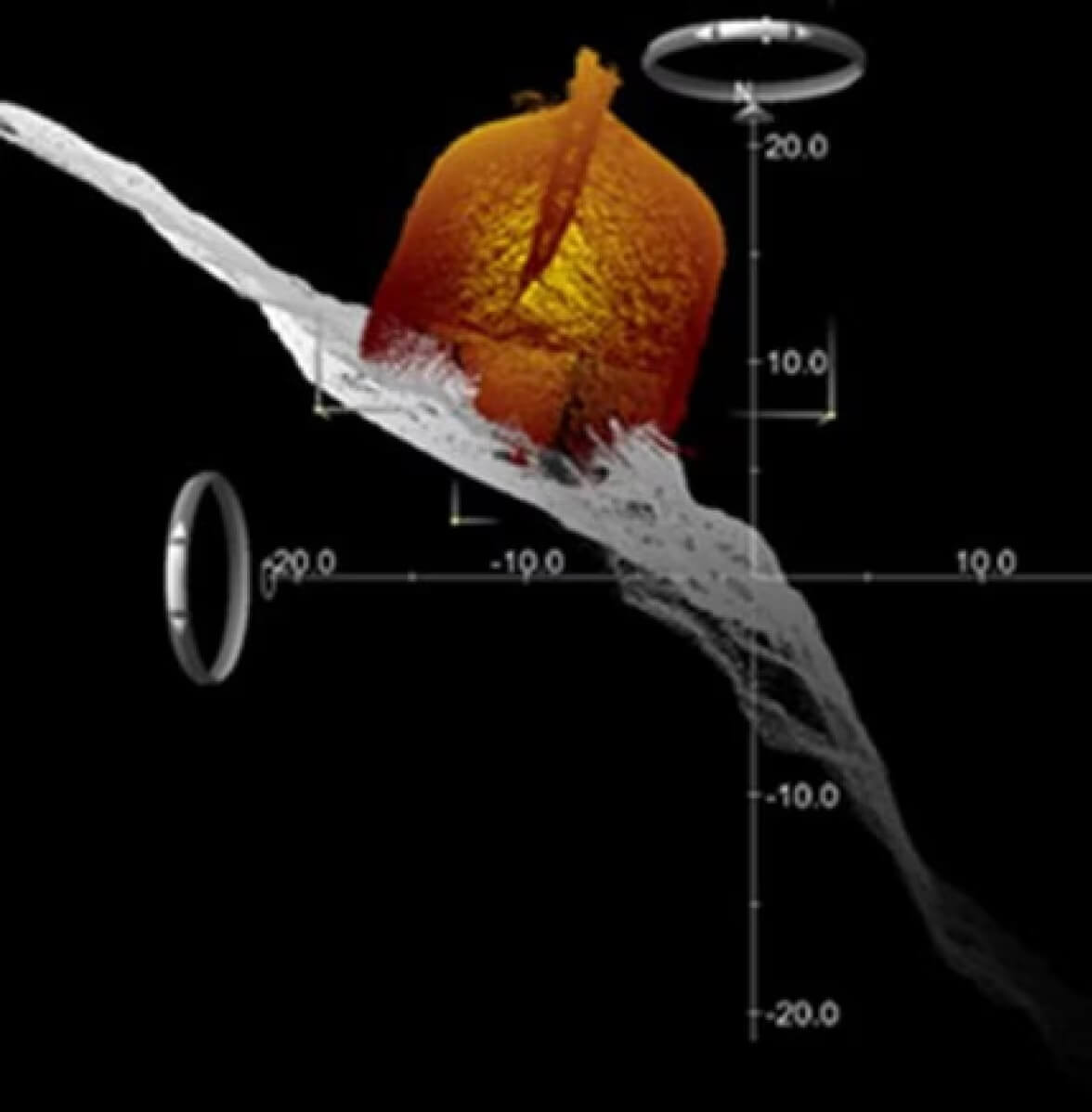Resolve Marine Hired to Remove Oil From WWII Wreck in Grenville Channel

The Canadian government has awarded a contract to Resolve Marine to remove oil from the WWII-era shipwreck USAT Brigadier General M.G. Zalinski, which grounded and sank in Grenville Channel on B.C.'s Inside Passage almost 80 years ago. It is the latest of several attempts that environmental protection agencies have made to reduce the risk of a fuel leak from the Zalinski, which has been on the bottom since 1946 and is gradually deteriorating.
The Zalinski was a freighter built in 1919, and was acquired by the War Department at the outset of World War II. After the war ended, she continued serving the military as a cargo vessel on the West Coast. On September 29, 1946, the Zalinski was headed from Seattle to Whittier with a cargo of ammunition and fuel oil when she hit a rock in Grenville Channel, the deep and narrow strait between Pitt Island and mainland British Columbia. Miraculously, all 48 members of her crew were rescued by good Samaritan vessels.
The wreck was largely forgotten until 2003, when a U.S. Coast Guard cutter spotted a slick on the surface near Lowe Inlet, a small provincial park about halfway up the channel. After a month-long search, a Canadian Coast Guard ROV survey found a wreck site located south of the inlet in about 100 feet of water. The hull was identified as the Zalinski.
The ship's fuel oil and explosive cargo were not immediately addressed, and the vessel repeatedly released fuel as it continued to deteriorate. In 2013, the Canadian Coast Guard hired a remediation team to remove 600 tonnes of oil from the Zalinski, with a budget of CA$50 million and a 100-person crew.

Commercial divers at work at the Zalinski wreck site, 2013 (CCG)
The work site is difficult, with five-knot tidal currents that interfere with dive operations, and the shipwreck is upside down and perched on the edge of a steep underwater cliff. Ultimately, the salvors only managed to recover a fraction of the fuel on board because the tanks had collapsed internally, allowing the oil to migrate within the vessel's hull and accumulate in pockets. Return visits in 2015 and 2018 recovered small additional amounts, but pockets remained in inaccessible locations.
 The Zalinski's wreck is upside down, perched on a sloping underwater shelf on the steep channel edge (CCG)
The Zalinski's wreck is upside down, perched on a sloping underwater shelf on the steep channel edge (CCG)
In recent years, the ship’s structure has continued to deteriorate, and some of the remaining fuel tanks have collapsed. According to the Canadian Coast Guard, the deterioration poses a substantial risk of releasing a large amount of oil. At present, only a "minimal" amount of fuel is leaking out from the vessel, and the CCG's concern is for preventing a future spill.
For this round of cleanup, Resolve Marine has been contracted for a CA$4.9 million remediation project using hot tapping. The objective is to recover as much remaining oil as possible while minimizing the risk of leakage, and CCG spill-control assets are staged nearby as a precautionary measure given the small but possible risk of a release during operations. The work is scheduled to begin in mid-October and is expected to take several weeks; in comments to CBC, the Canadian Coast Guard acknowledged that it may be necessary to return again in future years.
